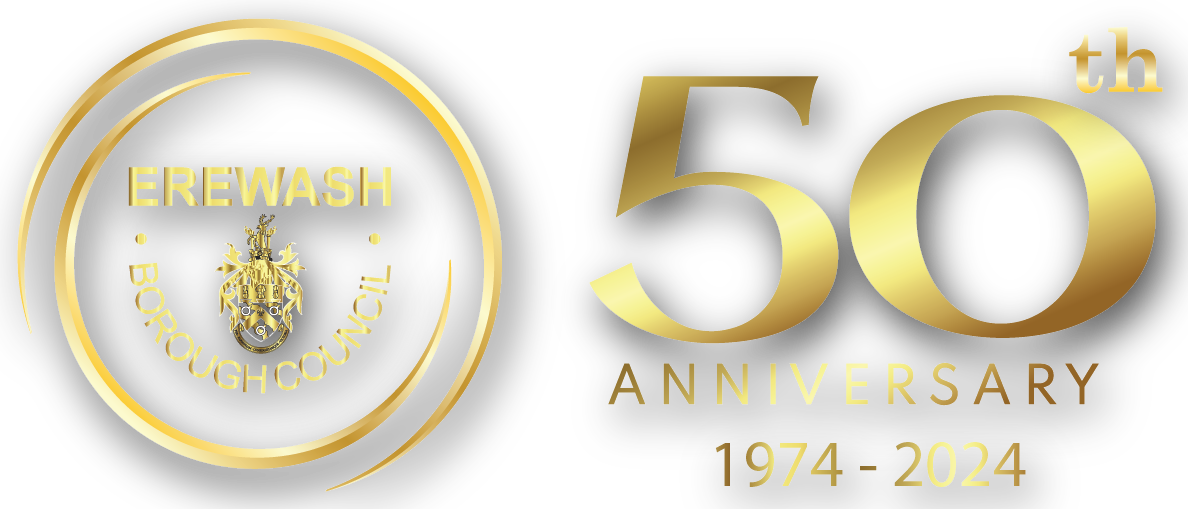Advice for cleaning up and returning to your home after a flood
As flood water may be contaminated there are some things you should remember when cleaning your home to keep safe:
- infection problems arising from floods in this country are rare but wherever possible, try to avoid coming into direct contact with floodwater
- if you have to go into the water, wear waterproof gloves and be aware of hidden hazards. Wash your hands frequently - this is the most important way to get rid of harmful bugs
- cover open cuts and wounds on exposed skin with a waterproof plaster
- remove all soft furnishings and fittings that are damaged beyond repair
- do not turn on gas or electrics if they may have been exposed to floodwater. To protect against electric shock, get them checked by qualified technicians
- remove all dirty water and silt from the property as much as possible, including out of the space under downstairs floorboards if you have these - this may require pumping out
- wash down all hard surfaces with hot soapy water several times until visually clean
- use a domestic disinfectant, following manufacturer's directions as to concentrations, to wash over all hard surfaces after cleaning - food preparation surfaces and storage cupboards, refrigerators should be washed down with food safe disinfectant
- do not eat any food that has been in contact with floodwater
- allow to thoroughly dry - this will also help to destroy any germs left behind
- heating and good ventilation will help with the drying process
- if using portable indoor heating appliances to dry out indoor spaces ensure good ventilation
- do not use fuel-powered appliances indoors as the exhaust gases contain carbon monoxide which can kill
Clothing and bedding
Clothing, bedding and other fabric articles, including children's toys, should be washed on a hot wash (60C) to destroy any germs.
Other soft furnishings which have been damaged and cannot be put in a washing machine will have to be professionally cleaned or disposed of.
Getting rid of contaminants
Sometimes floodwater may contain contaminants such as oil or diesel. Usually these will be removed with the floodwater and silt.
If any is left and it is in an accessible area you can remove it with a detergent solution and washing the surface down after initial cleaning has been carried out.
Where it isn't accessible, such as beneath floorboards, it may cause a bad smell but isn't necessarily a health hazard.
You can seek advice from the council's environmental health team on this if the smell lingers or you are worried about your health.
Returning home
We recommend that you only return to live in your home once cleaning has been completed.
Additional work may also need to be carried out, your insurance company, housing officer, landlord, builder will advise you of this.
If you decide to return to your home before cleaning is complete you should:
- contact your local water company if you notice a change in drinking water quality, such as a change in the colour, taste or smell of your tap water
- try to have some heating on at all times, consider the use of a dehumidifier
- make sure the property is well ventilated - leave windows open as much as possible
- make sure that if you have air bricks to any under floor spaces that these are unblocked to give cross ventilation to these areas

